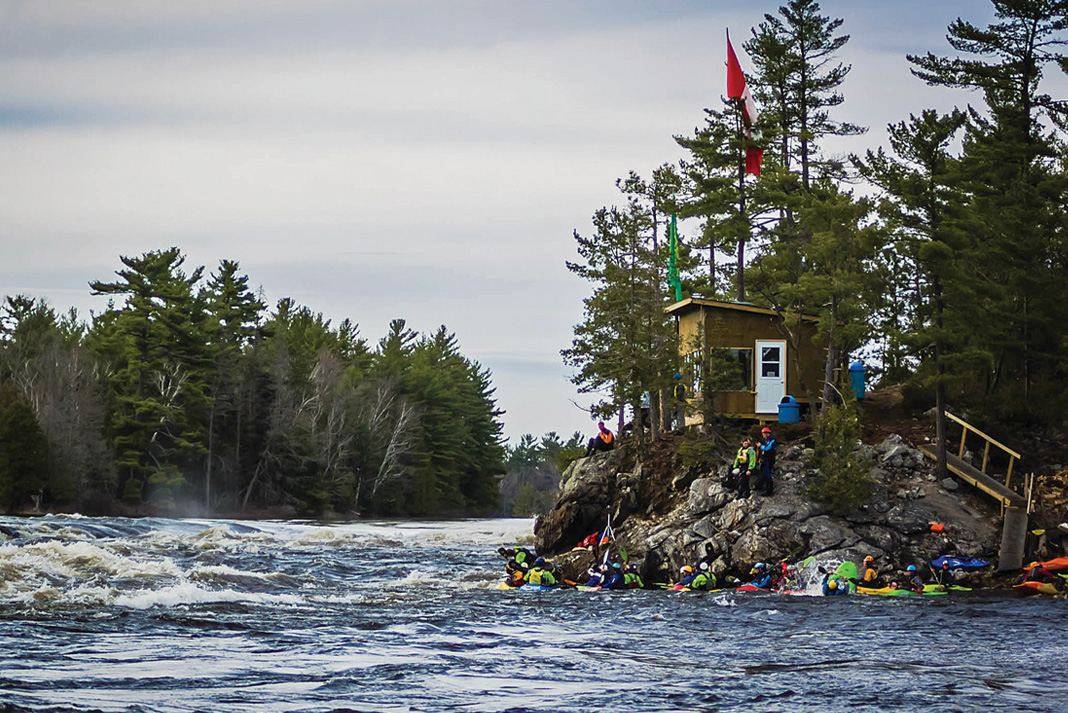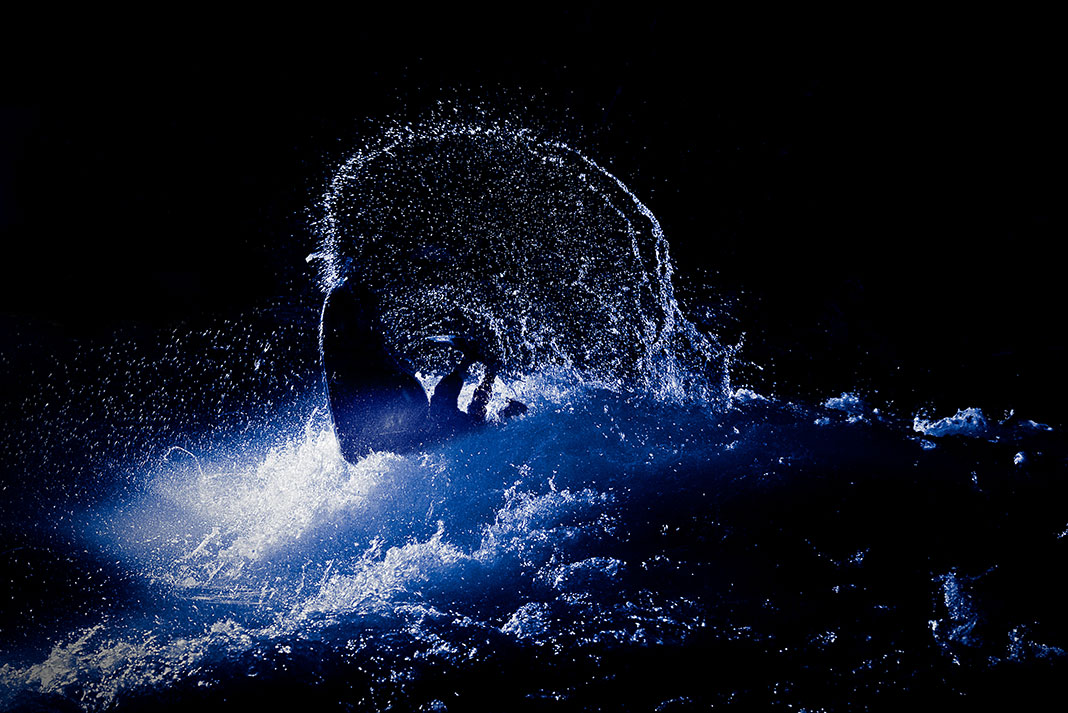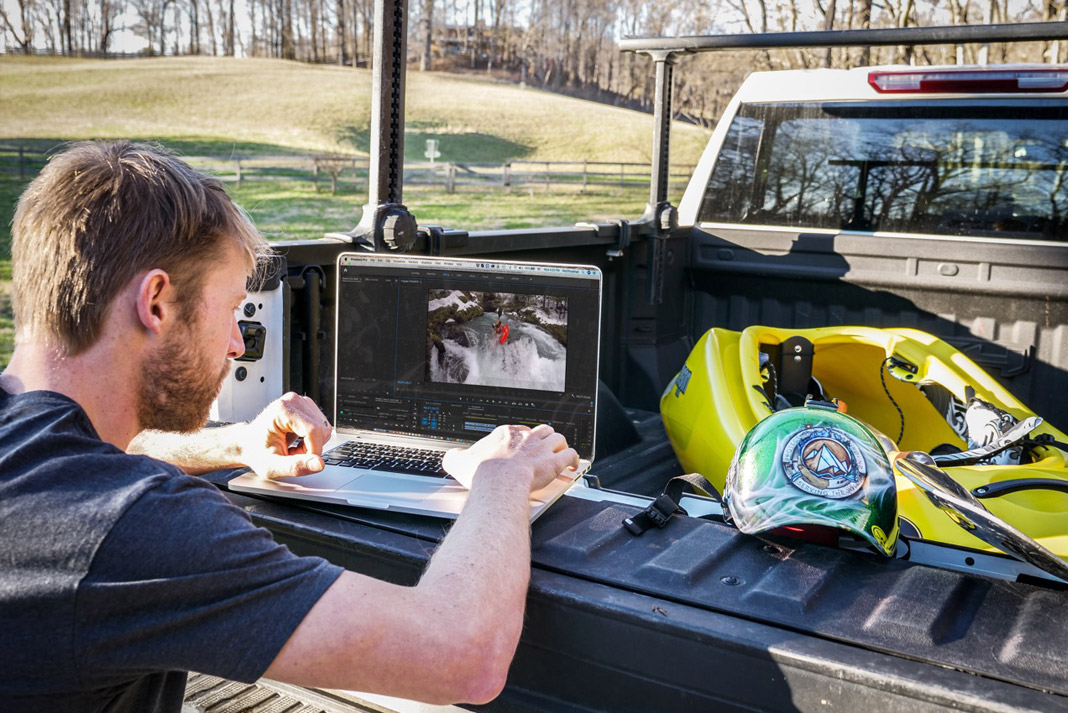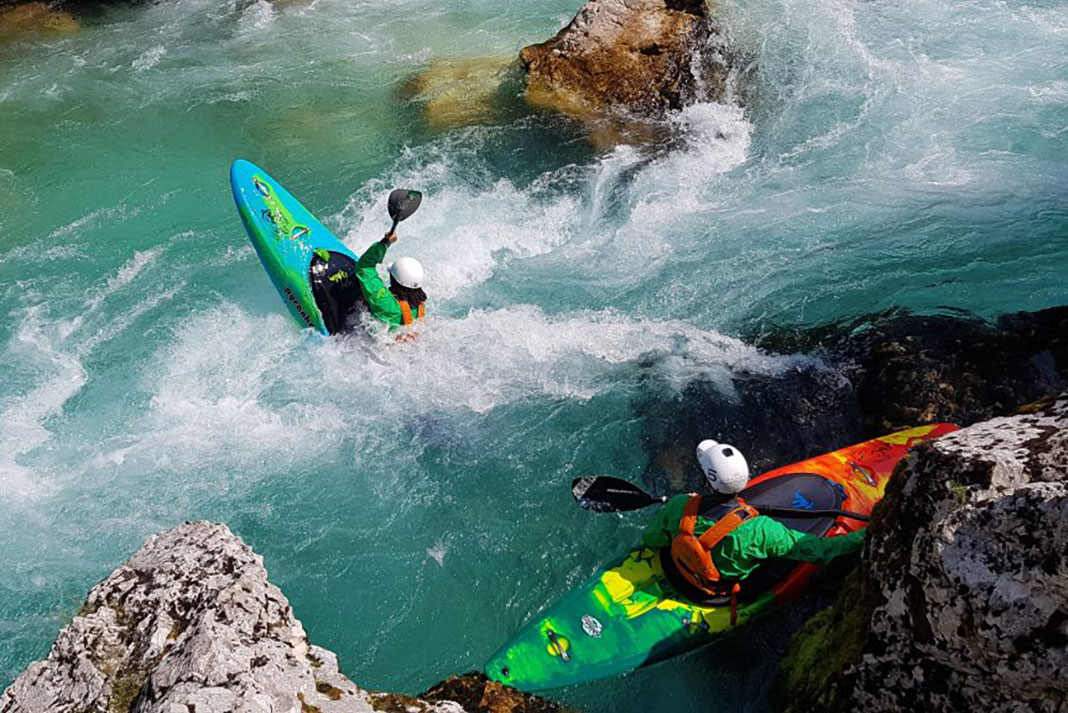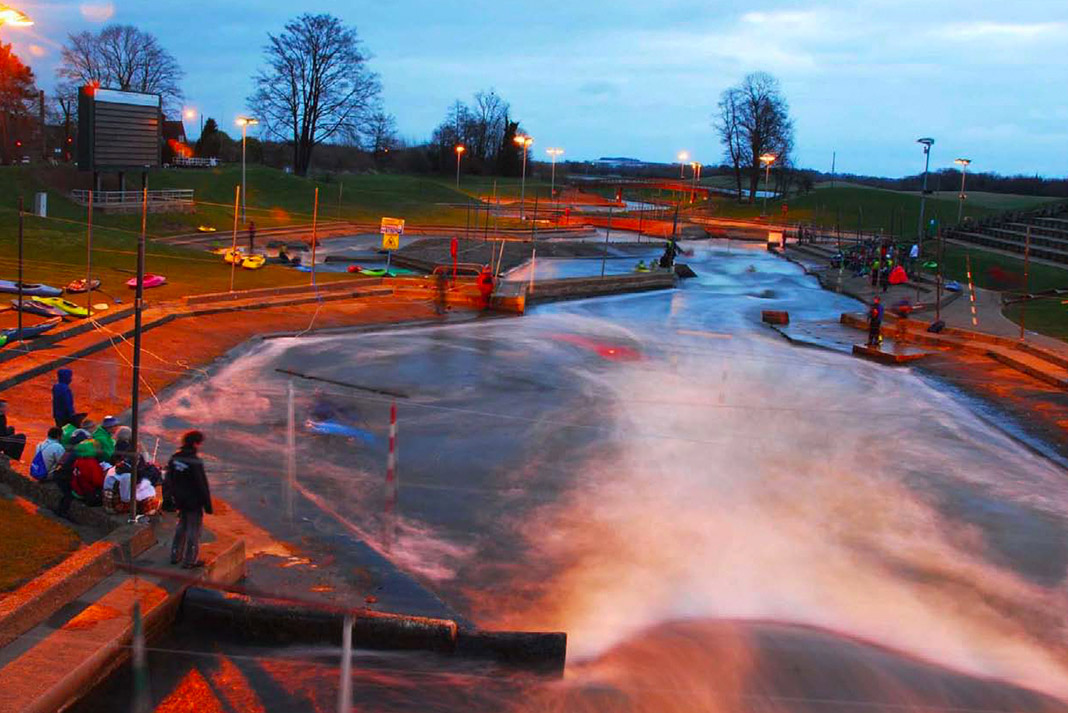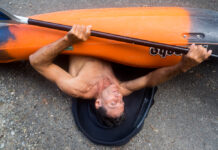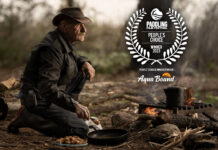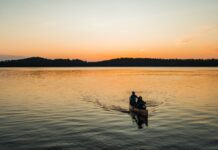On a cold, foggy day, Thom Lambert plays his six-foot freestyle kayak down the Ottawa River in the low water levels of November. Except for his party of four boaters, the river is empty. He catches a trashy ride on the pulsing foam pile of Garburator, bypasses the ledged bedrock undercarriage of Bus Eater, and stops to spend more than an hour surfing at Pushbutton, a mellow cresting wave at the top of a narrow chute. Lambert plays competently, linking cartwheels with blunts and flat spins in the fluid, freeform dance of freestyle kayaking. This is the type of paddling 48-year-old Lambert lives for—the rejuvenating, non-competitive river running playboating that keeps him busy 60 to 70 days each year.
Lambert can understand why some boaters will sit in line for hours in the height of summer waiting for the sheer joy of butt-bouncing on the glassy face of fast-moving water. What he finds bewildering, however, is why some paddlers don numbered bibs, partake in judged 45-second wave rides and spend the rest of their day under a tree, waiting for results to be posted. “A very small group of very skilled, very committed athletes participate in competitive freestyle and no one else really notices,” says Lambert, who lives in Haliburton, Ontario. “I lost interest in it a long time ago. As much as I love playboating, watching someone else do it is a bit like watching paint dry.”
What does the future hold for freestyle kayaking?
Lambert’s not alone in thinking that competitive freestyle kayaking may be washed up. More and more paddlers are choosing events like Palmer Fest, NantyFest and the Gauley River Festival over competitions—in effect subscribing to the Rapid-coined notion of “freeboating,” says Lambert. Freestyle kayaks once ruled the whitewater market, but for the 2009 season only one new design, the Liquidlogic Biscuit, was released onto North American rivers. At the dawn of the 2009 World Freestyle Championships—the latest installment of a flailing push to get the sport into the Olympics—paddlers everywhere are asking: What is the future of freestyle?
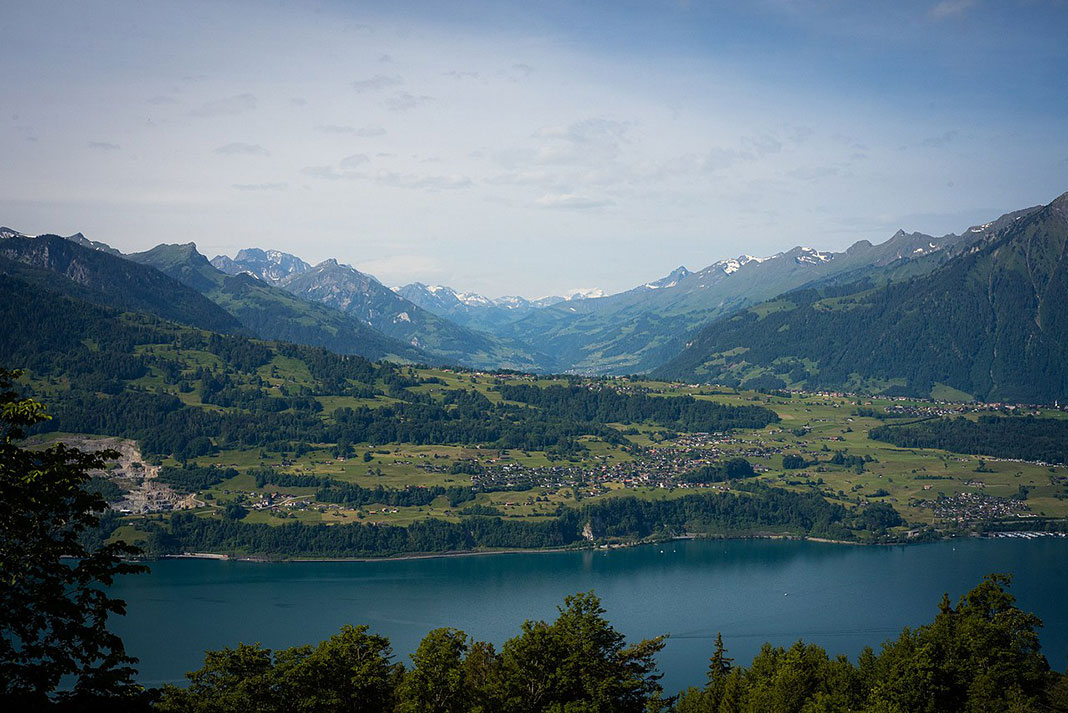
Where pro paddlers go to make it big
Tourists often ignore Thun, Switzerland, population 42,000, in favour of the popular Interlaken region—at least so say the pages of world travel companion Rough Guide. But its highlights are classic Swiss: medieval castles, views of the snow-capped Eiger and Heidi-esque girls with braided blond hair and plaid skirts. Thun (pronounced “Toon”) has been inhabited for the past 2,300 years.
The average paddler could be forgiven for mistaking Thun for Thunder Bay, as was the case on an online forum this spring, or being ignorant of the fact that the city will be the site of a small invasion of whitewater boaters for the World Freestyle Championships this August–September. After all, North American hype for the 2009 event has been virtually non-existent—nothing like the excitement for the 2007 championships on the Ottawa River’s gargantuan Bus Eater wave. At press time, the International Canoe Federation (ICF) event website was only accessible to English readers through the garble of Google translation. Most Joe-kayakers have no idea the championships are even taking place.
Matt McGuire, the chief organizer of the 2007 World Championships, says North America’s ambivalence towards the 2009 Worlds has much to do with the fact that it’s being hosted in an overseas backwater on a non-descript wave. “The feature isn’t as good as the Ottawa can provide,” says McGuire. “It’s flushy and small and it’s going to be a little trickier to land and stick tricks.” Still, McGuire is anticipating big crowds and a competitive event. “When the championships are held in an urban setting the atmosphere is livelier,” he adds. “Europeans are big into freestyle. All of the competitors are excited for that.”
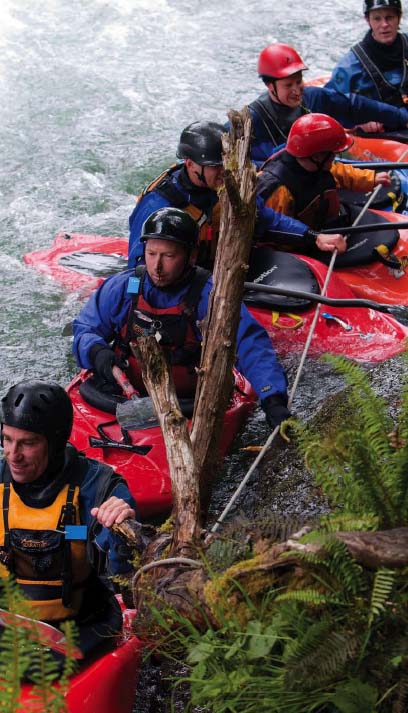
In an effort to make freestyle paddling an Olympic sport, international events have been administered each year since 2006 by the ICF, a worldwide body of competitive paddlesports that’s recognized by the International Olympic Committee and also handles flatwater racing and whitewater slalom. It was decided that a series of at least two World Cup events would be held in even years, says McGuire, and a single winner-takes-all World Championships would take place in odd years. At the 2007 World Championships, U.S. freestyle ironman Eric Jackson and Canadian Ruth Gordon took senior men’s and women’s titles, respectively. At last year’s World Cup, also held in Europe and climaxing at Thun, the winners were Slovakian boater Peter Csonka and 18-year-old U.S. phenom Emily Jackson.
For Stephen Wright, a three-time U.S. National Freestyle Champion and coach of the Ottawa Kayak School Keeners crop of teenage boaters, the Thun World Championships are a big deal. If Wright is correct, the Swiss event could be the coming out party for the future of freestyle, the next step in bringing air screws, McNastys and loops to the Olympics and the passing of the torch to a younger generation of playboaters. There may be good reason why the Thun World Championships are falling beneath the radar of middle-aged forum boaters: With the notable exception of forty-something Eric Jackson, freestyle kayaking is becoming increasingly dominated by kids.
Case in point, says Wright, is the fact that 20-year-old Canadian Nick Troutman, the runner-up at last year’s World Cup, has “come pretty close to doing a double air screw,” an aerial double barrel-roll trick that has never been successfully landed. “Kids come with no preconceived notions of what is possible in a kayak,” says Wright. “They’re going to be able to do things that we’ve never dreamed of.”
According to McGuire, Eric Jackson’s willingness to share his competitive drive and sponsor up-and-comers under his Jackson Kayak brand has had much to do with the sport’s changing demographics. “With E.J. training with Nick [Troutman] and Joel [Kowalski], he’s really taught them how to compete,” says McGuire. “It’s crazy how much planning goes into these competitions. They keep track of points on Excel spreadsheets and know exactly which moves they need to get into the finals. They’re absolute machines on a wave.”
Stuck in a logjam, athletes and brands seek new directions
Longtime freestyle competitor Jay Kincaid was once a hole-riding machine, logging over 300 days on the river per year. The Reno, Nevada-native participated in his first rodeo event in 1993. He made a living as a professional freestyle kayaker for over a decade, claiming the 2003 World Championships and a respectable wad of sponsorship dollars from Dagger, Werner, Kokatat, Teva and other paddlesports heavyweights along the way. For freestyle insiders, it was a shock last spring when Kincaid resigned from the U.S. National Freestyle Team and competitive kayaking altogether.
“The 2006 World Cup [at Rock Island, Tennessee] and the 2007 World Championships on the Ottawa were the first kayaking competitions that I didn’t enjoy,” says Kincaid. “I love competition, but I realized I was spending 95 per cent of my day floating in a lineup in an eddy, rather than actually paddling. I thought, ‘there’s nothing I like about this.’”
WHITEWATER PARKS MIGHT BE FREESTYLE’S SAVING GRACE “There’s no better place for parents to take their kids. If I were 15 or 20 years old I’d be all over that shit.” —WOODY CALLAWAY
Over his career, Kincaid says he’s watched the scope of professional kayaking shift from whitewater slalom to instruction to freestyle, and finally to making videos of hairy first-descents in creekboats and big wave surfing.
“When I started, freestyle was the easiest way to get noticed,” says Kincaid. “You were either a freestyle kayaker, a slalom kayaker or an instructor. Now, without video, no one would have the ability to get the kind of recognition necessary to maintain sponsors.”
Dagger-sponsored boater Rush Sturges is at the leading edge of the filmmaking revolution. Sturges and Young Guns Productions have re-shaped freestyle from choreographed 45-second rides to big wave surfing in exotic locales. Since winning the 2003 World Junior Championships, Sturges says he’s become more interested in “progressing the sport” by globetrotting in search of huge, high-consequence freestyle features. “I still totally enjoy competition but for me that’s not where the progression is right now,” says Sturges, who’s been a member of the U.S. National Freestyle Team since 2003. “Freestyle just doesn’t get me as fired up as surfing big waves. Going out and finding new waves and inventing new tricks—that’s what really fuels the sport.”
Sturges says that part of the challenge in making freestyle appealing to the masses is “finding a venue for competitions that’s cool.” The element of risk that is inherent to most extreme sports is absent from competitive kayaking, he says. Even on a feature as big and dynamic as Bus Eater at the 2007 World Championships, Sturges says freestyle competitions are mundane to the average spectator. “It’s not like the X-Games,” he says. “Creating a risk always makes things more exciting to watch. Freestyle has become so predictable.”
Kincaid has no problem with the fact that he now works a research and development desk job for Glacier Glove, a Reno-based watersports glove manufacturer, and that his paddling career has morphed into weekend warrior. “I think a lot of people would rather take the cost of these events and put it into paddling for fun,” he says. “In terms of professional competitive freestyle kayaking, Rush [Sturges] and the Young Guns type of guys don’t need these events. Sure, a win is nice to put on your résumé but his talent for doing other things like filmmaking stands alone, and that’s the direction the sport is clearly going.”
A decade ago, new whitewater playboats hit the market as fast as pro boaters like Steve Fisher, Corran Addison and Ken Whiting could link ends. This was the “heyday of playboating,” says Woody Callaway, the brand manager of Liquidlogic Kayaks, when “playboats were sold to people wanting to do tricks, compete and run rivers.” Declining sales in freestyle kayaks isn’t a sign of lack of interest in paddling, maintains Callaway, but an indicator that the whitewater kayaking industry is changing shape according to demand.
You can’t really compare then and now because freestyle has become its own animal,” says Callaway, who insists the division between freestyle kayaks—six-foot-long spuds designed for wave and hole tricks—and longer, more versatile river running playboats has created the perception that freestyle is falling out of favour. “If you combine river-running playboat sales with freestyle sales, it’s still the biggest segment.”
Callaway believes the surge in popularity of whitewater parks might be freestyle’s saving grace. His theory that playparks will lower the average age of competitive freestyle kayakers could be already playing out at this year’s World Championships, with baby face youngsters like Canada’s Keegan Grady and American Dane Jackson poised to steal the show. Callaway sees the changing demographics of whitewater kayaking as a natural progression of the sport, similar to what has taken place with all-mountain and downhill mountain biking.
“Right now, most of the people who are into freestyle are in their late teens and 20s,” says Callaway. “It could get even younger. With the advancement of playparks, there’s no better place for parents to take their kids. If I were 15 or 20 years old I’d be all over that shit.”
Looking beyond the podium
Even the staunchest supporters of competitive freestyle kayaking—people like McGuire and Wright—admit that freestyle is a long way off from achieving Olympic glory. “It’s going to be a long battle,” says McGuire. “I don’t foresee it happening for another eight to 10 years.” Kincaid is less optimistic: “If you look at established Olympic paddlesports like slalom, it seems like they’re constantly fighting to make sure they’re still in,” he says. “I certainly hope [freestyle] gets in someday, but realistically I don’t know that it ever will.”
Ironically, despite its lack of recognition in North America, Kincaid thinks the Thun World Championships will be a good thing for freestyle kayaking. He says European events typically get twice the number of participants of those held in North America, noting that turnout for the Ottawa Worlds was among the lowest ever. “If the goal is to progress the sport, the big events have got to be held in locations where participant numbers are up,” he says.
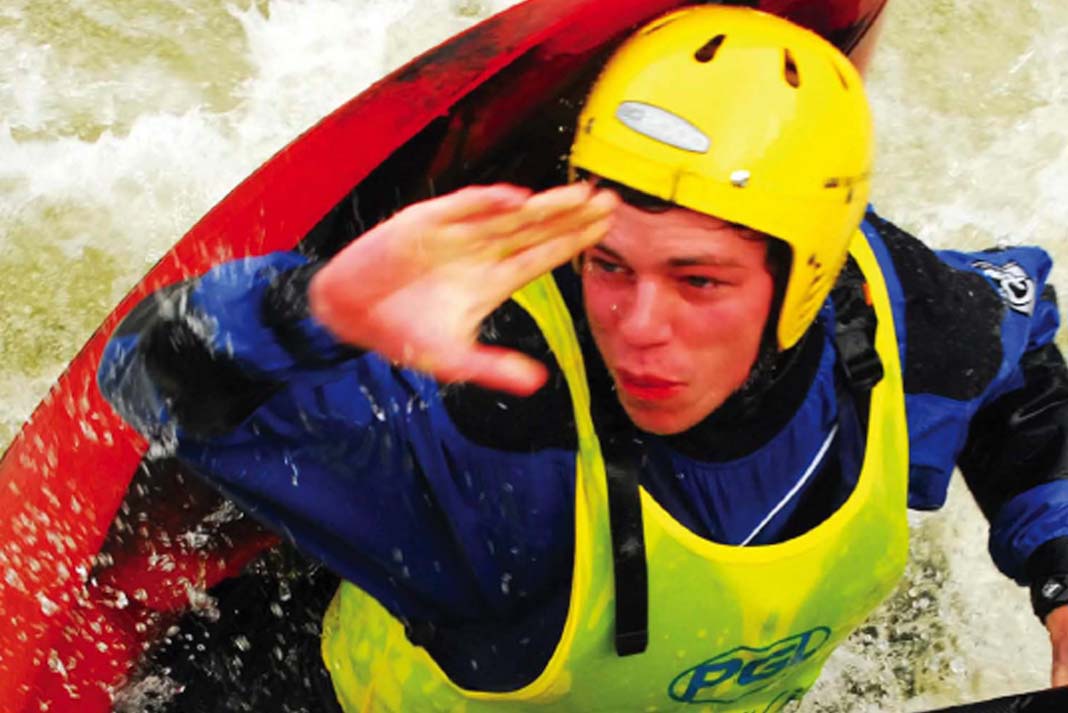
For Lambert, it makes little difference whether or not freestyle becomes an Olympic sport—let alone what happens at this year’s World Championships. “It’s of virtually no interest to the average paddler,” he concludes.
Whatever the future holds, Callaway says freestyle will never die as long as surfing—the root of the sport—remains the biggest appeal of whitewater kayaking. “Competition isn’t the soul of kayaking,” says Callaway. “The soul of kayaking is seeing the world from the middle of the river. In that regard, freestyle in and of itself is awesome.”
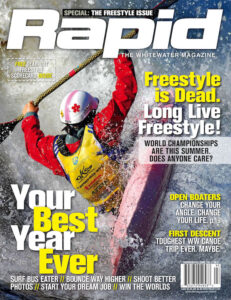 This article originally appeared in Rapid’s Summer/Fall 2009 issue. Subscribe to Paddling Magazine and get 25 years of digital magazine archives including our legacy titles: Rapid, Adventure Kayak and Canoeroots.
This article originally appeared in Rapid’s Summer/Fall 2009 issue. Subscribe to Paddling Magazine and get 25 years of digital magazine archives including our legacy titles: Rapid, Adventure Kayak and Canoeroots.
Forty-five seconds of fame. | Feature photo: Matt Corke



